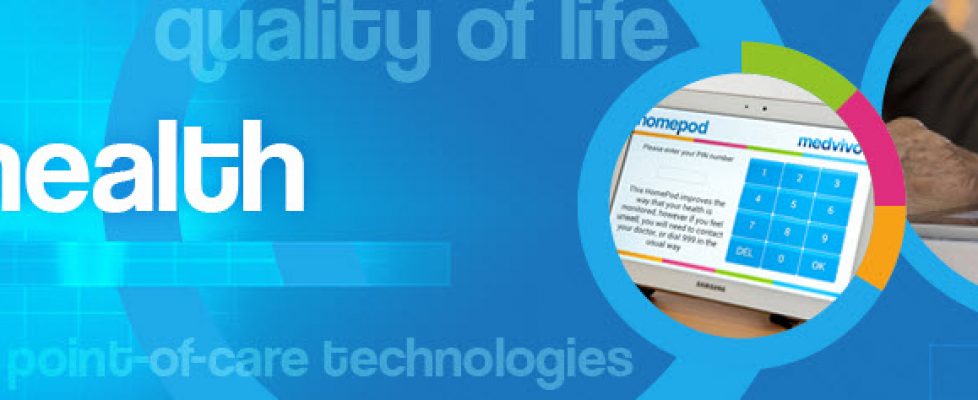Your telehealth investment cheat sheet: Assessing program options
Quick and easy understanding on the telehealth terminology and how it works.
June 13, 2014 by Rachel Reeves
What exactly is “store and forward”? Does a remote consult always involve a provider on both ends? If you’re considering a telehealth investment, use our cheat sheet to get up to speed—and educate your leadership, physicians, and board members.
At a recent Federal Trade Commission presentation, Margaret Laws, director of the California HealthCare Foundation’s Innovations for the Underserved program, shared that most telemedicine investments fall into one of three categories.
- Store and forward
Primary care providers or patients download (store) and transmit (forward) patient data to medical specialists, often for the purpose of making a diagnosis.
What it’s for: Most commonly, providers transmit patient photos or short video clips to dermatologists, radiologists, or pathologists.
How it works: The California HealthCare Foundation found that through partnering with Direct Dermatology, a dermatology group, primary care providers could reduce patient wait times from 3-12 months to 48 hours for a dermatology consult. Providers simply sent along patient information and an image of the patient’s condition to receive a consultation report within two days.
Best for: Organizations that don’t want to increase their physician staffing. To offer store-and-forward technology, organizations often partner with groups of specialists to read patient information.
- Real time video consultation
Patients at a remote outpatient or inpatient location receive real-time provider consultations via video conferencing with a remote provider.
What it’s for: Provider organizations tend to use video consults for specialty care to connect patients at rural hospitals to a remote specialist for concerns such as stroke or burns. Providers have more recently started to offer video consultations for psychiatry/behavioral health and for episodic primary care concerns such as seasonal allergies or pink eye.
How it works: UC Davis’s Pediatric Critical Care Department specialists respond to urgent concerns from isolated hospitals across the state. The model requires specialist technology training to ensure that specialists can operate the video technology to effectively examine patients. A 2013 study analyzing billing records from 16 pediatric hospitals found that deploying pediatric telemedicine program offerings to referring hospitals increased the average hospital revenue by $101,744 per year.
Best for: Organizations whose specialists have an interest in new technology—physicians need to have enthusiasm for learning to use the new technology—and additional capacity to offer video consults. When providing real-time video consultations, specialists can often offer these appointments in addition to traditional in-person visits as part of their standard work day.
- Remote patient monitoring
Telehealth technologies capture data from patients in one location, usually at home or in the hospital, and transmit it to providers in another location.
What it’s for: Remote patient monitoring helps providers keep track of patients with chronic conditions, such as congestive heart failure, in-between scheduled in-person follow-up appointments.
How it works: Care managers receive training on remote monitoring software, then monitor patient data and reach out to physicians when patient data falls outside of expected ranges. When St. Vincent Health deployed a nurse-led care management program that featured remote monitoring for CHF and COPD patients, readmissions rates for the pilot group fell about 75% below the national average.
Best for: Organizations with capacity to train and add new responsibilities for nursing and care/case manager staff. Most remote patient monitoring programs use these staff members as the link between patients and physicians.

